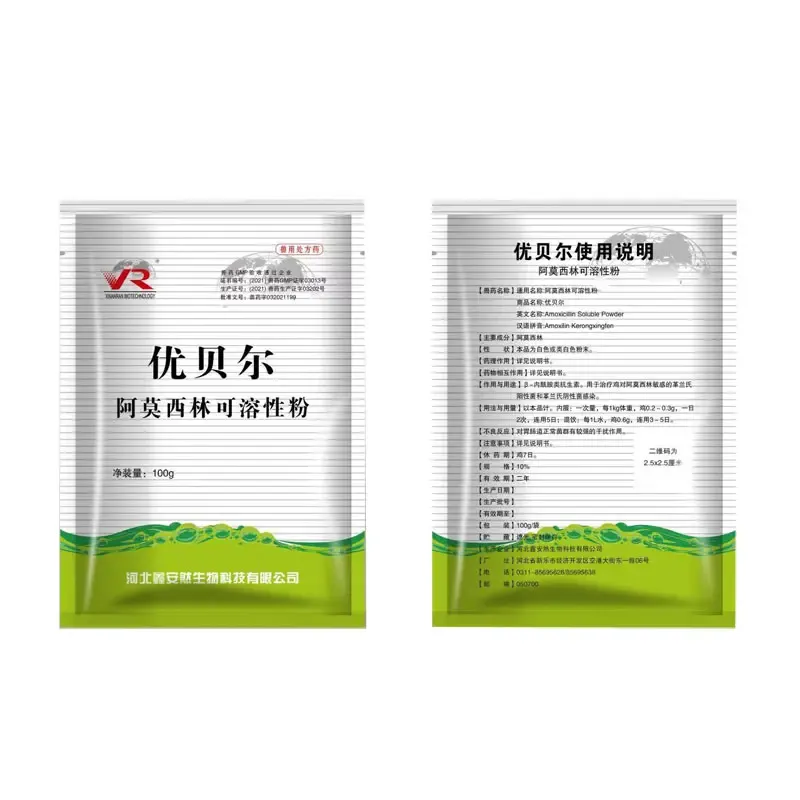- Afrikaans
- Albanian
- Amharic
- Arabic
- Armenian
- Azerbaijani
- Basque
- Belarusian
- Bengali
- Bosnian
- Bulgarian
- Catalan
- Cebuano
- Corsican
- Croatian
- Czech
- Danish
- Dutch
- English
- Esperanto
- Estonian
- Finnish
- French
- Frisian
- Galician
- Georgian
- German
- Greek
- Gujarati
- Haitian Creole
- hausa
- hawaiian
- Hebrew
- Hindi
- Miao
- Hungarian
- Icelandic
- igbo
- Indonesian
- irish
- Italian
- Japanese
- Javanese
- Kannada
- kazakh
- Khmer
- Rwandese
- Korean
- Kurdish
- Kyrgyz
- Lao
- Latin
- Latvian
- Lithuanian
- Luxembourgish
- Macedonian
- Malgashi
- Malay
- Malayalam
- Maltese
- Maori
- Marathi
- Mongolian
- Myanmar
- Nepali
- Norwegian
- Norwegian
- Occitan
- Pashto
- Persian
- Polish
- Portuguese
- Punjabi
- Romanian
- Russian
- Samoan
- Scottish Gaelic
- Serbian
- Sesotho
- Shona
- Sindhi
- Sinhala
- Slovak
- Slovenian
- Somali
- Spanish
- Sundanese
- Swahili
- Swedish
- Tagalog
- Tajik
- Tamil
- Tatar
- Telugu
- Thai
- Turkish
- Turkmen
- Ukrainian
- Urdu
- Uighur
- Uzbek
- Vietnamese
- Welsh
- Bantu
- Yiddish
- Yoruba
- Zulu
Dec . 12, 2024 10:54 Back to list
oxytetracycline dose in cattle
Understanding Oxytetracycline Dosage in Cattle
Oxytetracycline is a broad-spectrum antibiotic that plays a vital role in veterinary medicine, particularly in the treatment of bacterial infections in livestock, including cattle. Its use has become increasingly important due to the rising incidence of disease among cattle that can lead to significant economic losses for farmers and affect animal welfare. Understanding the appropriate dosage of oxytetracycline is crucial for ensuring both the effectiveness of treatment and the safety of meat and milk products for human consumption.
Mechanism of Action
Oxytetracycline belongs to the tetracycline group of antibiotics and works by inhibiting bacterial protein synthesis. This action disrupts the growth and replication of a wide range of gram-positive and gram-negative bacteria. Common infections treated with oxytetracycline in cattle include respiratory infections, mastitis, and other systemic infections. The effectiveness of oxytetracycline against various strains of bacteria makes it a preferred choice in many veterinary practices.
Dosage Guidelines
The appropriate dosage of oxytetracycline can depend on various factors including the specific condition being treated, the age and weight of the animal, and the route of administration. Generally, the recommended dosage is around 6.6 to 11 mg per kg of body weight when administered intramuscularly or intravenously. In some cases, higher doses may be needed for specific infections, but overdosing should be avoided to prevent potential side effects.
When administering oxytetracycline, veterinarians often recommend a treatment regimen that lasts for a minimum of 3 to 5 days, depending on the severity of the infection and the clinical response of the animal. It is essential for producers to follow the veterinarian's guidance closely and not to deviate from prescribed dosages, as improper use can lead to antibiotic resistance, treatment failure, and increased costs.
Administration Routes
oxytetracycline dose in cattle

Oxytetracycline can be administered through various routes. The intramuscular and intravenous routes are commonly used for rapid absorption and effective treatment of acute infections. Alternatively, oral formulations are available, but they may have variable absorption rates due to the presence of feed and other factors in the digestive system. Therefore, careful consideration must be given to the route chosen based on the specific circumstances and health status of the cattle.
Safety and Withdrawal Period
Farmers must also be mindful of the safety regulations surrounding the use of oxytetracycline, specifically regarding the withdrawal period before the animal can be processed for meat or produce milk for human consumption. The typical withdrawal period for oxytetracycline in cattle is around 28 days for meat and 72 hours for milk. It is vital to adhere strictly to these guidelines to ensure food safety and compliance with regulatory standards.
Impacts of Misuse
The misuse of oxytetracycline and other antibiotics in cattle can have serious repercussions, not only for the individual animal but also for the farm and the industry at large. Overuse can lead to the development of antibiotic-resistant bacteria, posing a threat to both animal and human health. Furthermore, the presence of antibiotic residues in meat and milk can lead to serious public health concerns and economic sanctions on farmers and producers.
Conclusion
In conclusion, the proper use of oxytetracycline in cattle is essential for effective disease management and the overall health of livestock. Producers should work closely with veterinarians to determine the appropriate dosage based on individual circumstances, while also being conscientious of withdrawal periods and the potential impacts of misuse. By adhering to best practices in antibiotic administration, farmers can help ensure the health of their cattle and the safety of the food supply, ultimately contributing to a sustainable agricultural future.
-
Guide to Oxytetracycline Injection
NewsMar.27,2025
-
Guide to Colistin Sulphate
NewsMar.27,2025
-
Gentamicin Sulfate: Uses, Price, And Key Information
NewsMar.27,2025
-
Enrofloxacin Injection: Uses, Price, And Supplier Information
NewsMar.27,2025
-
Dexamethasone Sodium Phosphate Injection: Uses, Price, And Key Information
NewsMar.27,2025
-
Albendazole Tablet: Uses, Dosage, Cost, And Key Information
NewsMar.27,2025













